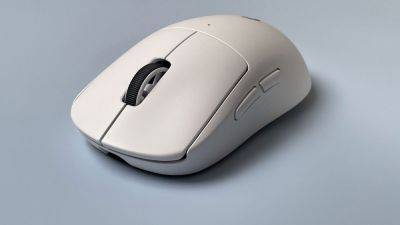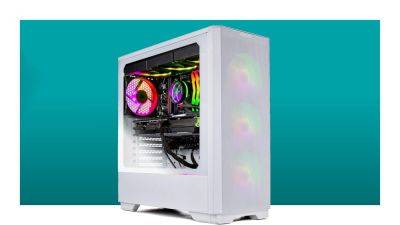It looks like AMD is racing Intel to production of chips on glass substrates for faster, more efficient processors
Chip and substrate fabrication might not be the most exciting topic in the world, but when it could lead to significant performance and efficiency improvements, you'd better bet I'm here for it. So, I'm certainly excited by the news that, according to Business Korea (via Tom's Hardware), AMD is «planning to introduce glass substrates between 2025 and 2026.»
Why is this important? Because slapping chips on top of a glass substrates rather than organic ones for chiplet-to-chiplet and chip-to-motherboard communication has all kinds of benefits. We reported in September that Intel is already planning on using glass substrates which has benefits such as «allowing for more chiplets in a smaller footprint, higher interconnect density, faster IO, higher power efficiency, and larger package sizes.»
In essence, glass substrates are flatter, more durable, and allow for easier lithographic insertion of more (and more densely packed) interconnects. In AMD's case, chiplet-to-chiplet and chip-to-motherboard interconnects form part of its now-staple Infinity Architecture. So, if AMD hasn't patented «Infinity Glass,» it should probably do so now.
According to TrendForce (via Wccftech), AMD is already «conducting performance evaluation tests on glass substrate samples from several major global semiconductor substrate companies, intending to introduce this advanced substrate technology into semiconductor manufacturing.» But while AMD might be evaluating samples, this doesn't mean all the semiconductor substrate companies are near to mass production.
2025 or 2026 seems very soon for AMD to introduce glass substrate chips to the market, but this would align with at least one semiconductor substrate manufacturer's stated timeframe. Samsung aims (via Wccftech) to begin its own glass substrate production by 2026 and has reportedly already started R&D. Intel, too (via Wccftech), seems to be looking towards 2026 for glass substrate mass production. Perhaps AMD could look to Samsung to fulfil







